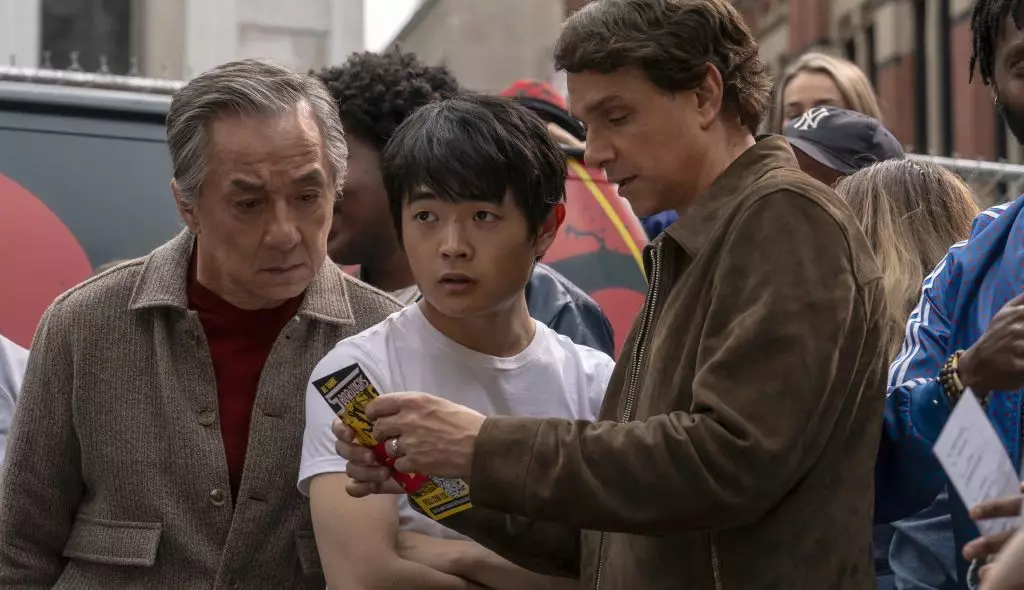As summer rolls in with an ever-growing cinematic landscape, one cannot help but observe the changing tides within the box office. This season has already broken records, shaping what could be the most dynamic summer for movies we’ve experienced to date. Memorial Day weekend historically acts as the benchmark, and this year saw an unprecedented $330 million, according to Comscore data. This uptick reveals more than just a stat; it showcases the evolving preferences of audiences eager for entertainment. With Memorial Day’s box office bonanza properly in the rear-view mirror, we witness a generous trail of films appealing to diverse interests and demographics.
One key component driving this summer’s demand is the significant number of K-12 schools closing for the season. These children and families take to local theaters, invigorating the market and providing a source of fresh ticket sales. It raises an important question, though: Are studios providing enough of what audiences desire? The upcoming release of Sony’s “Karate Kid: Legends” illustrates the balance studios must strike when catering to nostalgia while also appealing to a younger generation that might be more influenced by trends encapsulated on streaming platforms and social media.
The nostalgia battle and its effects
“Karate Kid: Legends” is set to embrace the legacy of its predecessors while attempting to hook a whole new generation. Backed by a relatively modest production budget of $45 million, this film seeks to capitalize on the established “Karate Kid” fanbase, while Jackie Chan and the “Cobra Kai” television show currently enjoy significant popularity. However, creating an homage to such a beloved franchise evokes questions about creative originality.
In many ways, relying heavily on nostalgia feels like a double-edged sword. It certainly attracts initial attention, but can the film itself stand on its own merits? As an audience member, there’s always the apprehension that a foray into nostalgic territory risks diluting the original essence that made it so cherished. If “Karate Kid: Legends” manages to succeed commercially this weekend, it may well be a mixed blessing for future creative risks as studios cling to the safety of legacy properties.
The battle at the box office: old vs. new
In the Friday-to-Monday churn, analysts predict the new “Karate Kid” film will open to around $25 million to $30 million. While this sounds promising, especially for a second- or third-place result, it all hinges on how well it competes with Disney’s “Lilo & Stitch,” which is already projected to maintain its lead with solid earnings around $60 million despite a noticeable drop-off.
What intrigues me, amidst this battle for box office supremacy, is how audiences are beginning to demonstrate a preference for uniqueness over mere familiarity. While “Lilo & Stitch” rides off its family-friendly roots, “Bring Her Back,” another noteworthy film this season, taps into an emotionally charged narrative that diverges from traditional fare. Targeting older teens and adults, it promises to engage through the lens of relatable struggles, suggesting a shift away from purely nostalgic endeavors. It encourages studios to examine the fine line between revisiting the past and pushing creative boundaries, which seems to mirror a larger cultural shift towards authenticity and originality.
The shifting landscape of film audiences
Beyond ticket sales and first weekend profits, the future of cinema rests heavily on how well films can engage audiences on an emotional level. A24’s successes like “Talk to Me” showcase that innovative storytelling, coupled with unique experiences, is where the gold lies, rather than merely leaning on established franchises. As seen in this summer’s line-up, franchises are more susceptible than ever to the considerable weight of audience expectations, and their impact goes far beyond monetary gains.
It begs the question: are these big production houses genuinely listening to their audiences, or are they simply pandering to a perceived sense of nostalgia? As we navigate this wave of summer blockbusters, it becomes incredibly vital for studios to remember that what once worked might not resonate in the same way today. The tides are shifting, and with that shift comes the responsibility of delivering more than just stale content recycled for profit.
Engaging a new generation of viewers is no longer a mere numbers game; it requires critical analysis and commitment to creating content that resonates with both individuals and the collective experience of audiences. After all, just because people are breaking away from their barbecues to watch films doesn’t mean they should settle for anything less than extraordinary.

